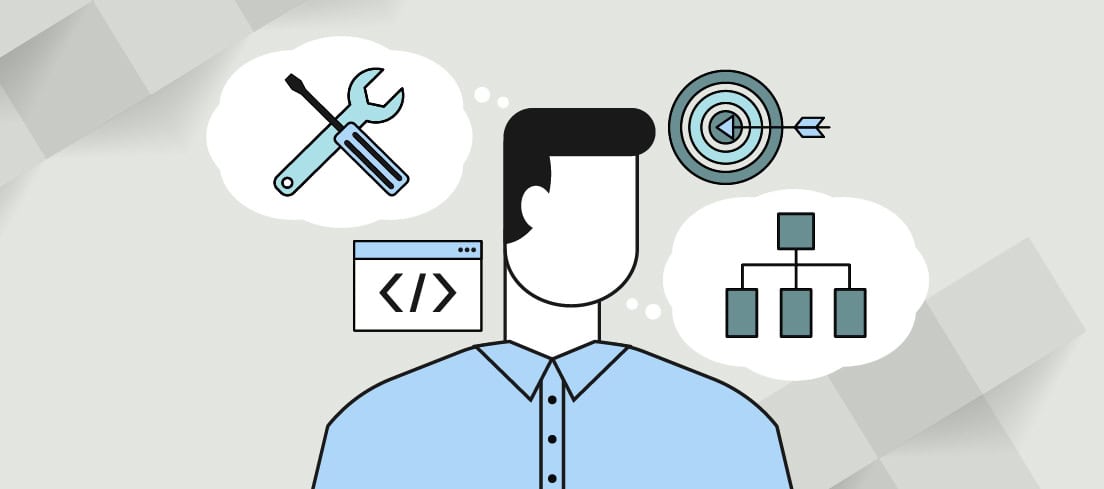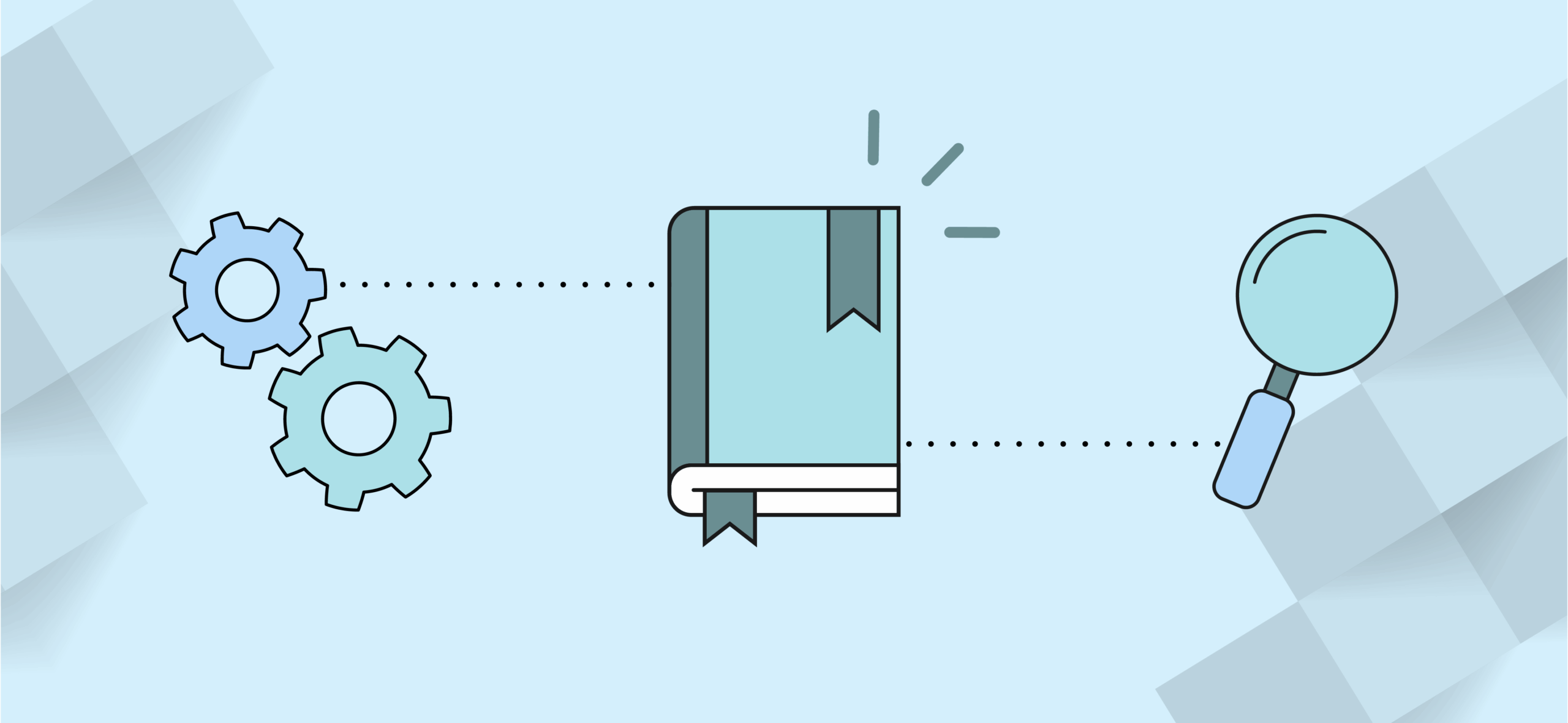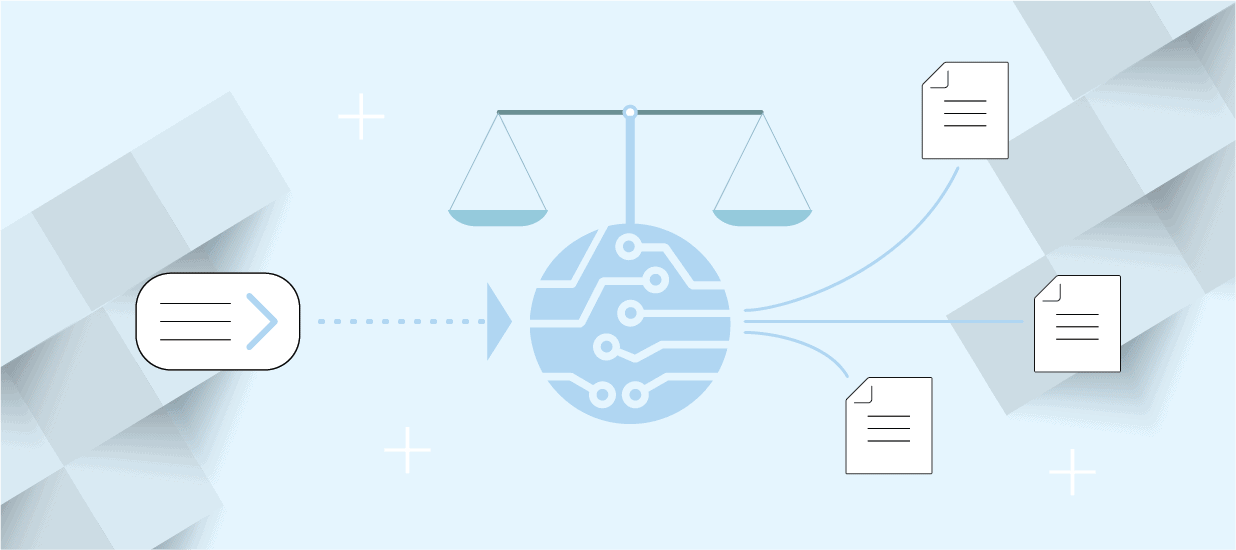We have all seen it written that product managers should get out of the office and visit customers, or, at the very least, telephone one customer a week. This is important not only for customer retention reasons, but also for competitive analysis and product performance reasons as well. With the state of the economy, and everything product managers have on their plates these days, that is a task easier said than done. What if product managers started participating in the back-end of a sales win or loss? If a win, the product manager would be helping to develop the new relationship, resulting in retention and obtaining valuable customer feedback or, in the event of a loss, finding out the reasons for the loss, be it a product issue, sales issue or support issue, possibly resulting in the prospect using the company as a backup vendor or placing the company on the ‘short list’ for future proposals.
Regardless, the product manager becomes the objective third party who helps the company and customers/prospects have better success in converting sales. Product Management can easily sell the Sales team on performing this task by stating the benefits of doing so:
- Product Management can perform the function, thus saving the sales team valuable time.
- Product Management acts as an objective third party, which will result in a prospect or customer’s ability to be more open about the sales win or loss.
- Product Management obtains feedback on how to make products more robust, thus resulting in more sales down the road.
So, now that you are conducting win/loss analysis, what is the next step? Use the following handy checklist and you will be on your way to performing effective win/loss analyses.
Before the Win/Loss Analysis Interview
- Sit down with the sales team involved in the win or loss. Be sure to include the highest-ranking Salesperson in the discussion. Get the Sales team’s input as to the background such as how the company got involved in the proposal, the type of relationship they had/have with the customer/prospect, sales processes involved, products or solutions used to close the sale, the result, and whether they anticipated this result.
- Schedule the interview with the customer/prospect. Let them know in advance the topics you plan to discuss.
During the Win/Loss Analysis Interview
- Introduce yourself and thank the prospect/customer for their time.
- Explain upfront that the purpose of the interview is to learn as much as possible about the customer or prospect’s perceptions and experience during the recent sales process so your organization can continually improve.
- Discuss confidentiality. State that you want to communicate feedback throughout your organization, but if the customer/prospect feels there are certain aspects that are too sensitive, they should be identified during the conversation.
Ascertain the Following
- Confirm the opportunity, product/solutions, and get customer/prospect to expound on it. What did/didn’t we solve and what are customer/prospect’s expectations in our ability to solve that pain?
- Find out the other firms that were competing for the business. Why was your firm included in the mix? How and why did the customer/prospect make it a competitive process?
- Overall, why did/didn’t your company win the business?
- Explain the decision-making process. Who was involved in the decision? What were the key selection criteria?
- What was the customer/prospect’s perception of the quality of the Sales team’s management of the relationship? Did the customer/prospect meet other personnel from your organization? What was the customer/prospect’s perception of them?
- What were the customer/prospect’s thoughts about your proposal and presentation?
- Was the customer/prospect comfortable with your capabilities? Which capabilities were most important to them?
- What were the customer/prospect’s thoughts about your pricing? Was the customer/prospect able to determine true value from your pricing?
- How did you stack up against the competition? What did the customer/prospect view as your strengths and weaknesses? What did the customer/prospect view as your competitors? strengths and weaknesses?
- Did the customer/prospect call your references? If so, were they helpful?
- What was the customer/prospect’s perception of your organization before entering the buying cycle? Did the perception change? If so, how did it change?
- What advice would the customer/prospect give you for working with them in the future?
- Would the customer/prospect feel comfortable in recommending your solutions to others?
- If a win, would customer feel comfortable in participating in a case study, testimonial, joint press release, or beta test (for a future solution)?
- Does customer/prospect have any additional comments or suggestions?
Post- Win/Loss Analysis Interview
- Send a thank you note to the customer/prospect.
- Summarize in writing the notes from the interview and distribute them to appropriate internal personnel.
- Conduct the debriefing meeting and list any action items that came out of the meeting.
Win/Loss Analysis should be conducted regardless of whether business was won or lost. Consistently implementing the process of win/loss analysis will make your solutions and your company more valuable, and build more credibility in the eyes of your customers and prospects.
Related Links
- “The Eight Rules of Successful Win/Loss Analysis” by Roger W. Allison
- “Competitive Intelligence Gathering Through Win/Loss Analysis” by Rich Nutinsky
- “Why Are We Winning and Why Are We Losing?” by Barb Nelson
Author
-

Sue Duris, a professional with 32 years of experience, is a distinguished leader in customer experience (CX) and marketing. Having worked with notable organizations like WorldCom and Resources Global Professionals, she brings a wealth of expertise to the intersection of CX and marketing. For questions or inquiries, please contact [email protected].
View all posts







